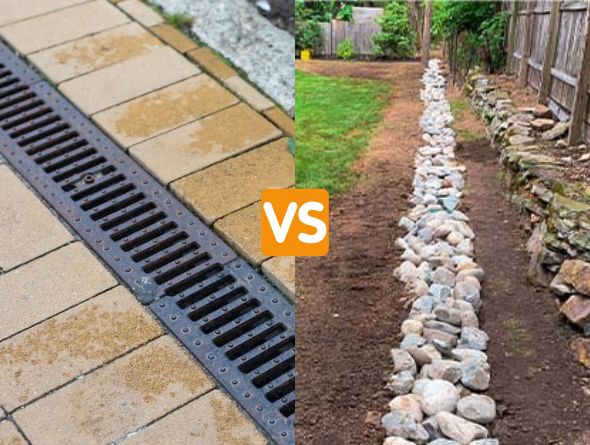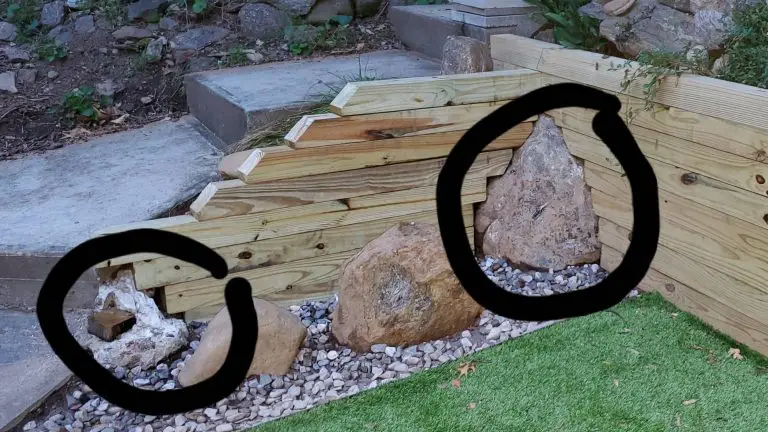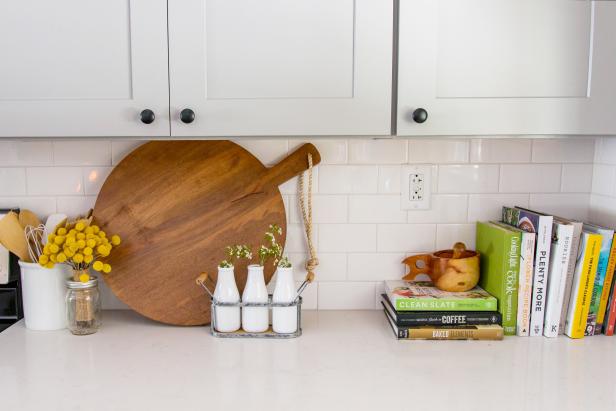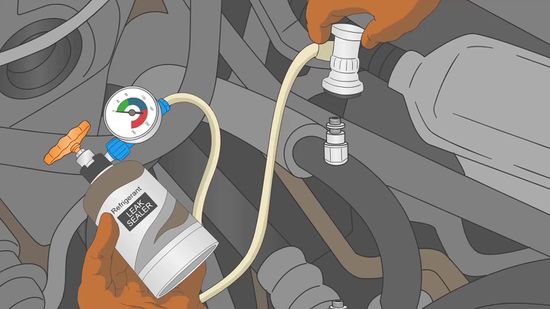Channel Drain Vs French Drain
A channel drain and a French drain are two popular methods of draining excess water from areas such as yards, driveways, and basements. Both of these systems are designed to collect and divert water away from a structure or area, keeping it dry and free from flooding and water damage. Each system works differently, and each has its own advantages and disadvantages. It is important to understand the differences between the two types of drains in order to determine which is best for your needs. The main differences between a channel drain and a French drain are the materials used, the installation process, and the effectiveness of the drainage system.
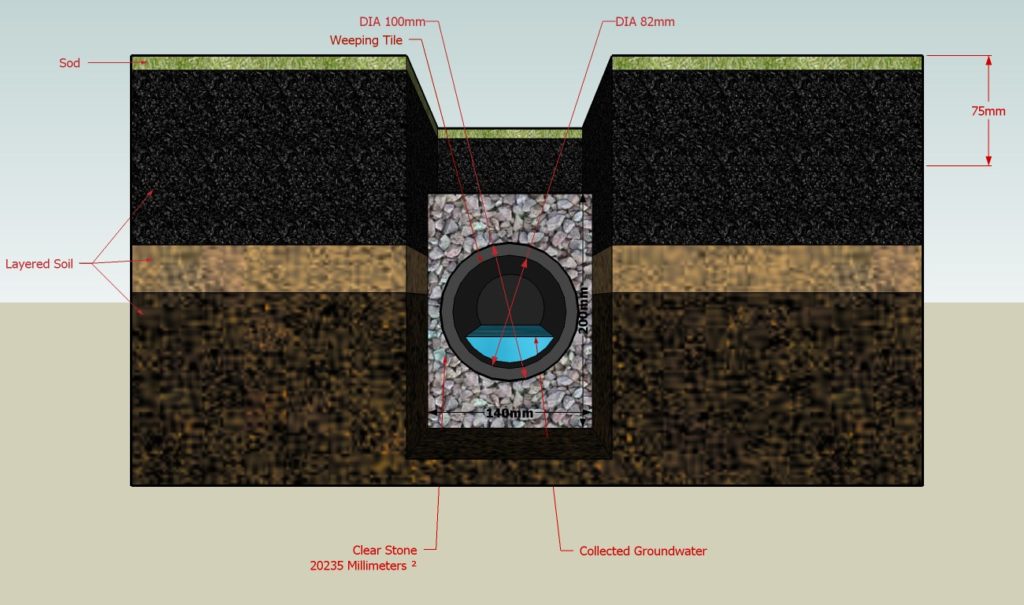
What is a Channel Drain?
A Channel Drain is a drainage system that is designed to efficiently redirect and collect excess water and divert it away from your property. It is a simple yet effective way to protect your home from water damage, flooding, and waterlogged areas. The Channel Drain is designed with a slight slope that encourages water to flow down and into it. It is made from durable materials such as concrete, plastic, or metal and is usually installed along the perimeter of the property. The Channel Drain collects water from rain, runoff, and other sources, which is then routed to a safe location away from the property. With its easy installation and low maintenance, a Channel Drain can be an effective solution to protect your home from water damage.
What is a French Drain?
A French drain is an effective way to manage and control the flow of water around a property. It is a type of drain system that directs surface water away from an area by using a trench filled with gravel or rock. The trench is lined with a geotextile material to keep the gravel or rock in place and to prevent clogging. It is often used to protect foundations, basements, and other low-lying areas from flooding. It is also sometimes used to improve drainage and reduce standing water in yards. It is an effective and economical way to keep your property safe from water damage.
Advantages of a Channel Drain
A channel drain is an essential component of a complete drainage system, providing numerous advantages. Its narrow, sloped design allows it to efficiently capture and divert water away from areas prone to flooding or water accumulation. It can be installed in a variety of materials, such as concrete, asphalt, or even in a grassy field, and can be customized to meet the specific needs of a project. Additionally, channel drains are low-maintenance, requiring only occasional cleaning, and their relatively low cost makes them an attractive option for many home and business owners. Furthermore, they are resistant to corrosion and come in a variety of styles, allowing them to fit into a wide range of landscapes. In short, channel drains offer a cost-effective and reliable solution for managing water runoff, making them an invaluable tool for any drainage system.
Advantages of a French Drain
A French drain is an efficient way of draining unwanted water away from areas around a home or business. It is a great way to safely direct water away from areas like basements, driveways, and foundations. It can also be used to intercept groundwater and redirect it away from the structure. French drains are easy to install, relatively inexpensive, and can be used in just about any location. The advantages of a French drain include preventing water damage, reducing soil erosion, and reducing the risk of flooding. Additionally, it can often be used to limit the growth of weeds and reduce the need for chemical herbicides. A French drain is an effective means of mitigating water issues, and can be an invaluable addition to any property.
Disadvantages of a Channel Drain
A channel drain, or trench drain, is a type of drainage system that is commonly used to improve surface water drainage. While this type of drain can be highly efficient, there are a few potential disadvantages to consider. Firstly, the installation process can be complicated, and the drains must be installed to specific depths and angles to ensure proper function. Secondly, the cost of installation can be quite expensive depending on the size and complexity of the project. Finally, channel drains can be difficult to maintain, as they require regular flushing and cleaning to ensure they remain free of debris and obstructions.
Disadvantages of a French Drain
A French Drain is an effective way to divert water away from your home or other structures, but there are a few potential drawbacks. Firstly, the drain must be properly installed and maintained to ensure optimal water drainage. If not installed correctly, the French Drain can quickly become clogged with debris, which can lead to water pooling and flooding. Additionally, a French Drain system requires regular maintenance to ensure that it is free of debris and functioning properly. Finally, it is important to be aware that French Drains can potentially make your yard look unsightly, as they may be visible above ground.
Applications of Channel Drains
Channel drains are a type of drainage system that is widely used in residential and commercial properties to prevent flooding and improve drainage. In residential applications, channel drains are typically placed around the perimeter of a property as part of a larger drainage system, such as a French drain. In commercial applications, channel drains can be used to manage surface water runoff, such as in parking lots or driveways. Channel drains are also commonly used in public spaces such as parks and sidewalks to reduce standing water and improve drainage. The versatility of channel drains makes them a popular choice for drainage systems in a variety of settings.
Applications of French Drains
A French drain is a simple yet effective tool for managing water runoff and drainage in your yard or garden. It is a trench filled with gravel and/or rocks, and sometimes a perforated pipe, that redirects water away from areas prone to waterlogging. French drains can be an effective way to control the effects of heavy rains, prevent flooding, and reduce soil erosion. They can also be used to direct water from downspouts away from your home’s foundation and to reduce the humidity in crawl spaces and basements. By allowing water to flow away from the home’s foundation, French drains can help reduce the possibility of basement flooding and the growth of mold. Whether you are looking to manage runoff from heavy rains or redirect water away from your home’s foundation, French drains are an effective and reliable solution.
FAQs About the Channel Drain vs. French Drain
Q1. What is the difference between a Channel Drain and a French Drain?
A1. A Channel Drain is a drainage system that consists of a perforated pipe located at the bottom of a shallow trench with a gravel or rock-filled bed. The trench is lined with a grated or slotted cover to allow water to flow through and be collected in a drainage basin. A French Drain is a trench filled with gravel or rock that redirects surface and groundwater away from an area. It uses a perforated pipe surrounded by gravel or rock to create a path for the water to flow.
Q2. Are Channel Drains more effective than French Drains?
A2. While both types of drains are effective, the effectiveness of each will depend on the intended application and the particular site conditions. For example, French Drains are typically more effective for areas with high water tables, while Channel Drains are often more effective for areas that are prone to flooding.
Q3. Is it necessary to maintain a Channel Drain or a French Drain?
A3. Yes, both types of drains should be regularly inspected and maintained to ensure they are functioning properly. For French Drains, the gravel bed should be checked periodically for any clogs or blockages. For Channel Drains, the grate should be inspected for any debris or buildup that could impede the flow of water.
Conclusion
Channel drains and French drains are both effective methods of controlling and redirecting water away from your home. Both systems can be used to protect your home from water damage, but they have different applications. Channel drains are suitable for surface water runoff and can be used in paved areas like driveways or patios. French drains are better suited for underground water management and can be used for both surface and subsurface water. Ultimately, it is important to consider your own individual needs when deciding which system is best for you.
